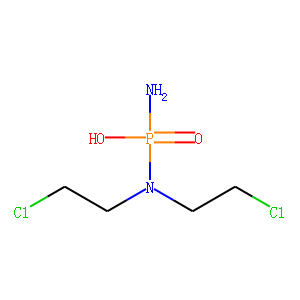Chemotherapy Coupled to Macrophage Inhibition Induces T-cell and B-cell Infiltration and Durable Regression in Triple-Negative Breast Cancer
Author:Singh S, Lee N, Pedroza D A, et al.
Journal:
Cancer research, 2022, 82(12): 2281-2297.
Abstract:Immunosuppressive elements within the tumor microenvi_x0002_ronment, such as tumor-associated macrophages (TAM), can present a barrier to successful antitumor responses by cytolytic T cells. Here we employed preclinical syngeneic p53 null mouse models of triple-negative breast cancer (TNBC) to develop a treatment regimen that harnessed the immunostimulatory effects of low-dose cyclophosphamide coupled with the pharmacologic inhibition of TAMs using either a small-molecule CSF1R inhib itor or an anti-CSF1R antibody. This therapeutic combination was effective in treating several highly aggressive TNBC murine mammary tumor and lung metastasis models. Single-cell RNA sequencing characterized tumor-infiltrating lymphocytes includ ing Th cells and antigen-presenting B cells that were highly enriched in responders to combination therapy. In one model that exhibited long-term posttreatment tumor regression, high dimensional imaging techniques identified the close spatial localization of B220t/CD86t-activated B cells and CD4t T cells in tertiary lymphoid structures that were present up to 6 weeks posttreatment. The transcriptional and metabolic heterogeneity of TAMs was also characterized in two closely related claudin low/mesenchymal subtype tumor models with differential treat ment responses. A murine TAM signature derived from the T12 model was highly conserved in human claudin-low breast can cers, and high expression of the TAM signature correlated with
reduced overall survival in patients with breast cancer. This TAM signature may help identify human patients with claudin-low
breast cancer that will benefit from the combination of cyclo phosphamide and anti-CSF1R therapy. These studies illustrate the complexity of the tumor immune microenvironment and highlight different immune responses that result from rational immunotherapy combinations.
Products Used:

